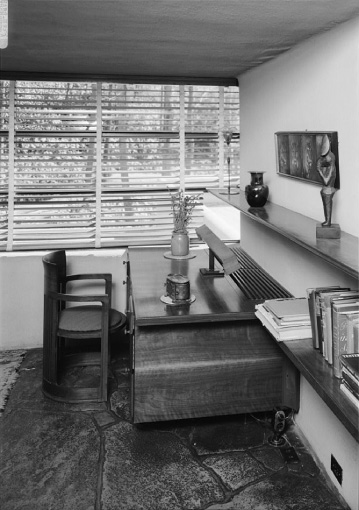This week in studio we worked, and are continuing to work, on a project in which we design an interior for two rooms in the studio art center. We were asked to remove the middle wall between the rooms and act as if the two rooms are one. We created a model of the walls and windows, and this week we worked on adding architectural elements or changes to the space in order to make it into a public space, and a private space.
(add photo of model)
The Model is intended to not only show public and private, but also meditation and celebration. This means having a space that inspires relaxation while still providing a good amount of activity.
Transpose/Juxtapose
"cause of two or more things to trade places with each other"
"place or deal with close together for contrasting effect"
Everything in this model has to show a certain duality. By transposing or Juxtaposing certain things we can accomplish show these dualities. For example by adding a place where steps lead you up into a more celebratory space where seating and a table are provided my design shows a division between public and private. In my space you walk into the public space and in order to enter into the more private space you walk under an archway and walk up two steps, raising you to a higher place.
Light/Shadow
A way of expressing relaxation or celebration is by manipulating light so that it adds lines and inviting projections of shadows into the room. The archways that i used to help separate the public from the private space also helps to create a celebration of light projected onto the interior of my space.
Literal/Abstract
When assigned this project we were asked not to define it. Meaning, we were not allowed to think of it as a living room, lounge, or anything so literal. We had to think more abstractly of a comfortable place that shows the specified dualities. This was a challenge because in life we are influenced by what we know, and we have certain preconceived ideas of a living room or a recreational room.
Monologue/Dialogue
Monologue involves one speaker, whereas a dialogue is between two people. I believe we can learn a lot by analyzing what we say, but we learn a lot more from what other people say. In the space that i designed i force the inhabitant to have a dialogue with the room by adding a design to the ceiling that moves him or her through the space. The linear protrusions from the ceiling lead the person subconsciously to different places in the room.








 TECHNIQUE
TECHNIQUE
 PUBLIC/ PRIVATE
PUBLIC/ PRIVATE